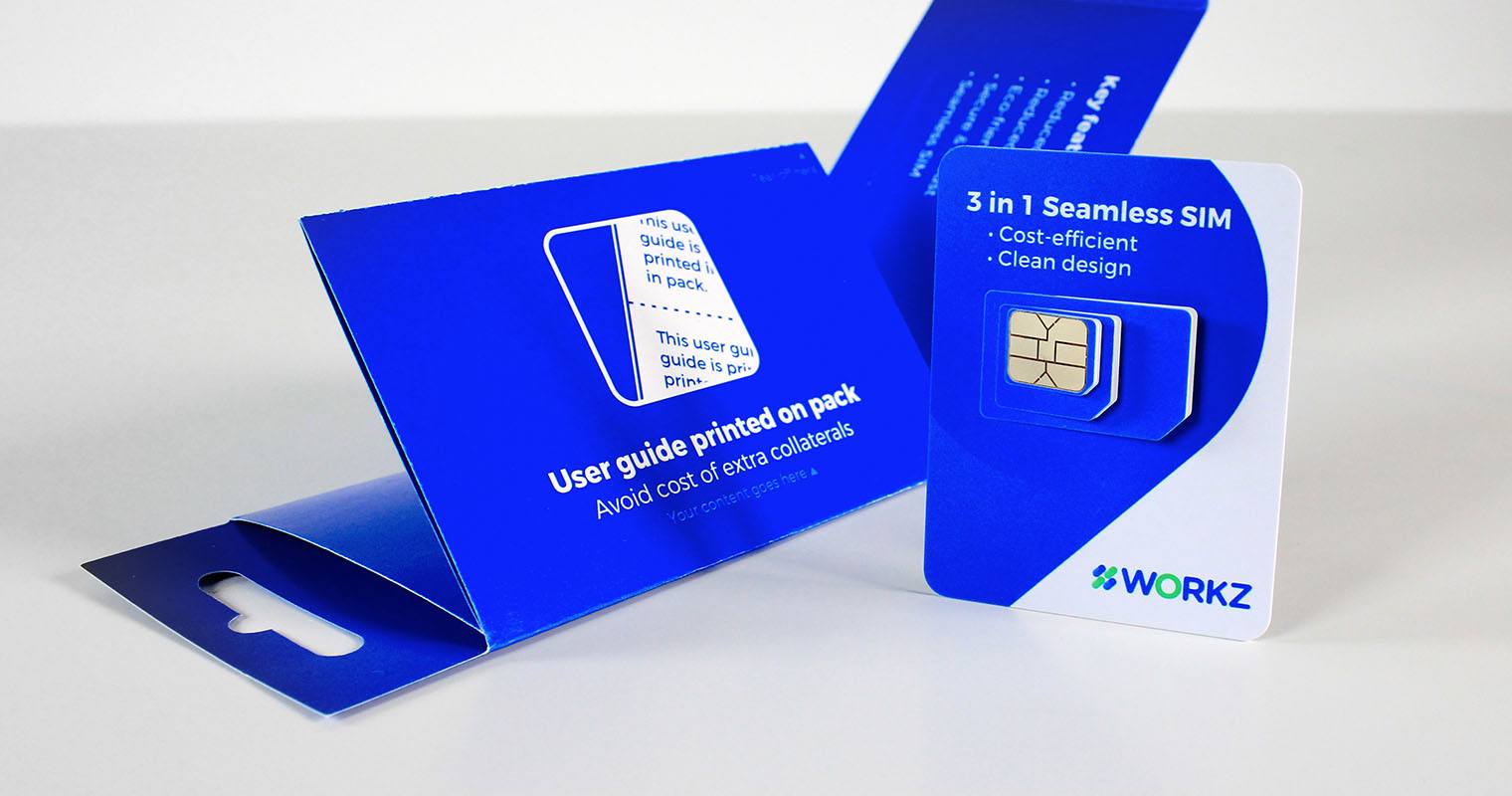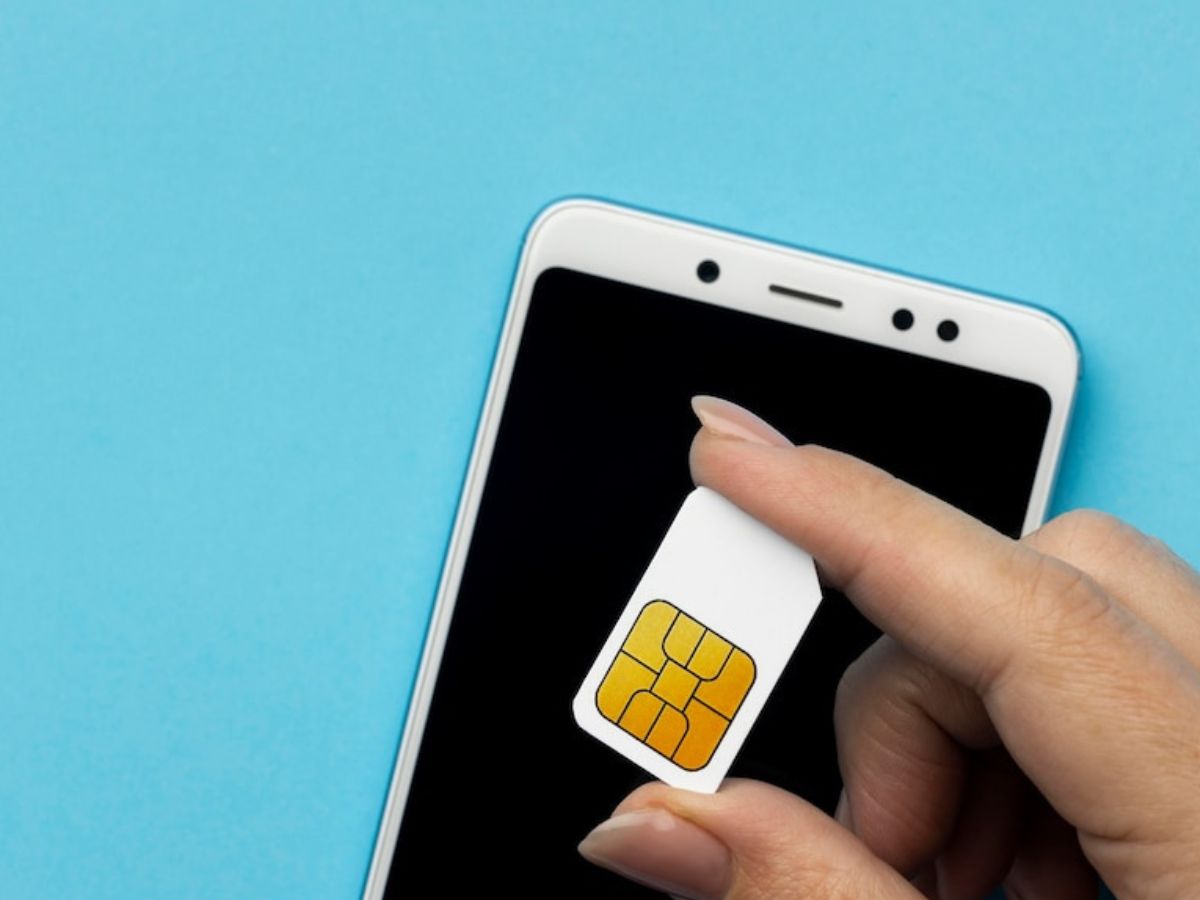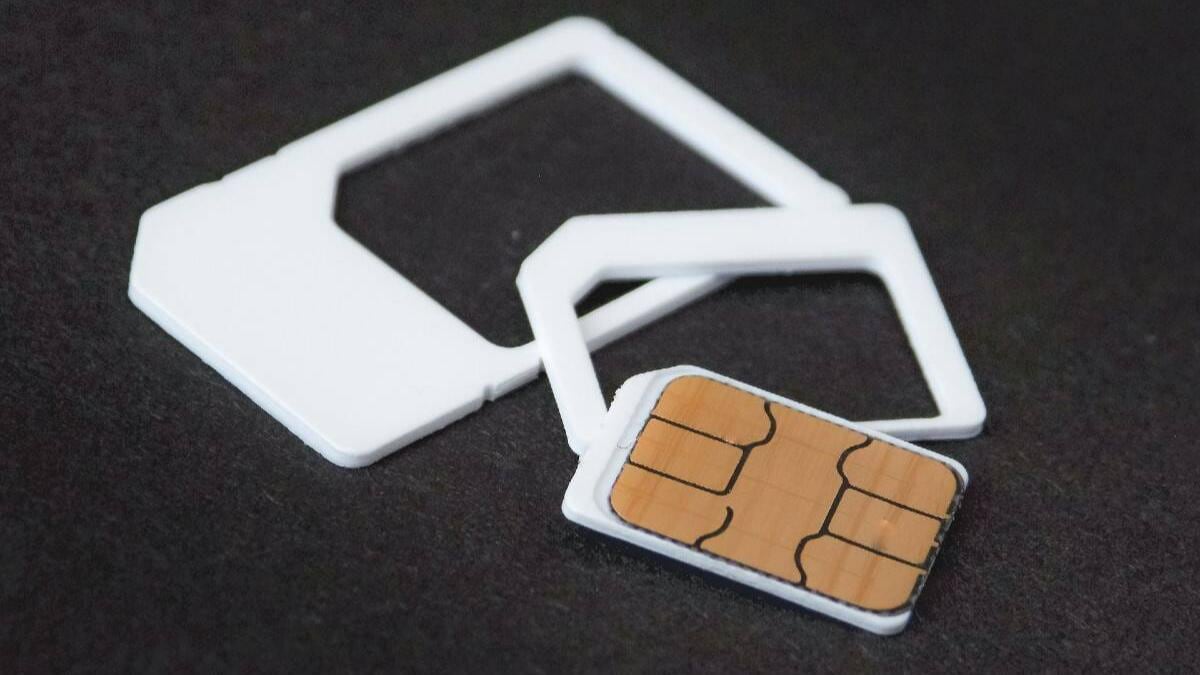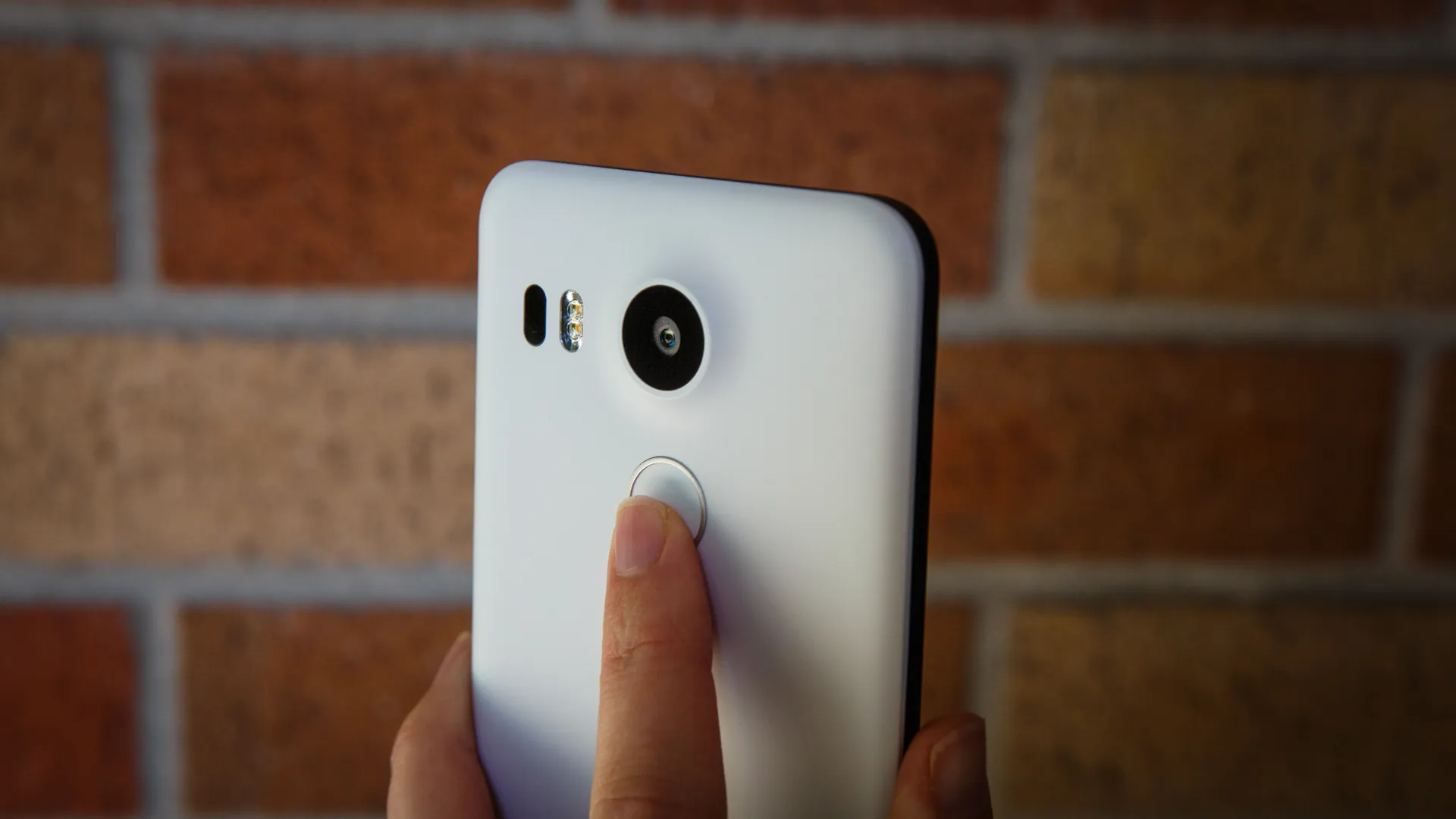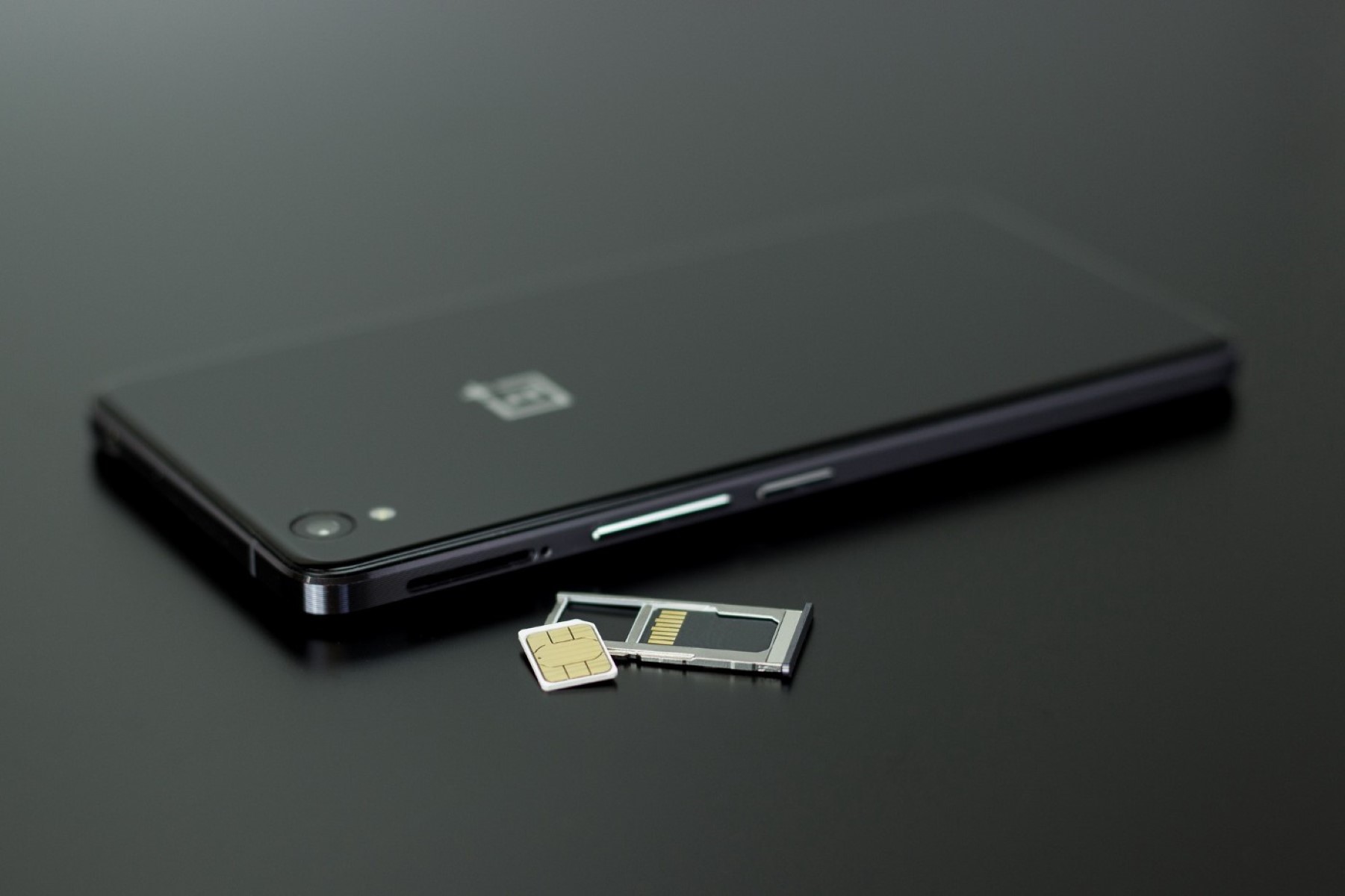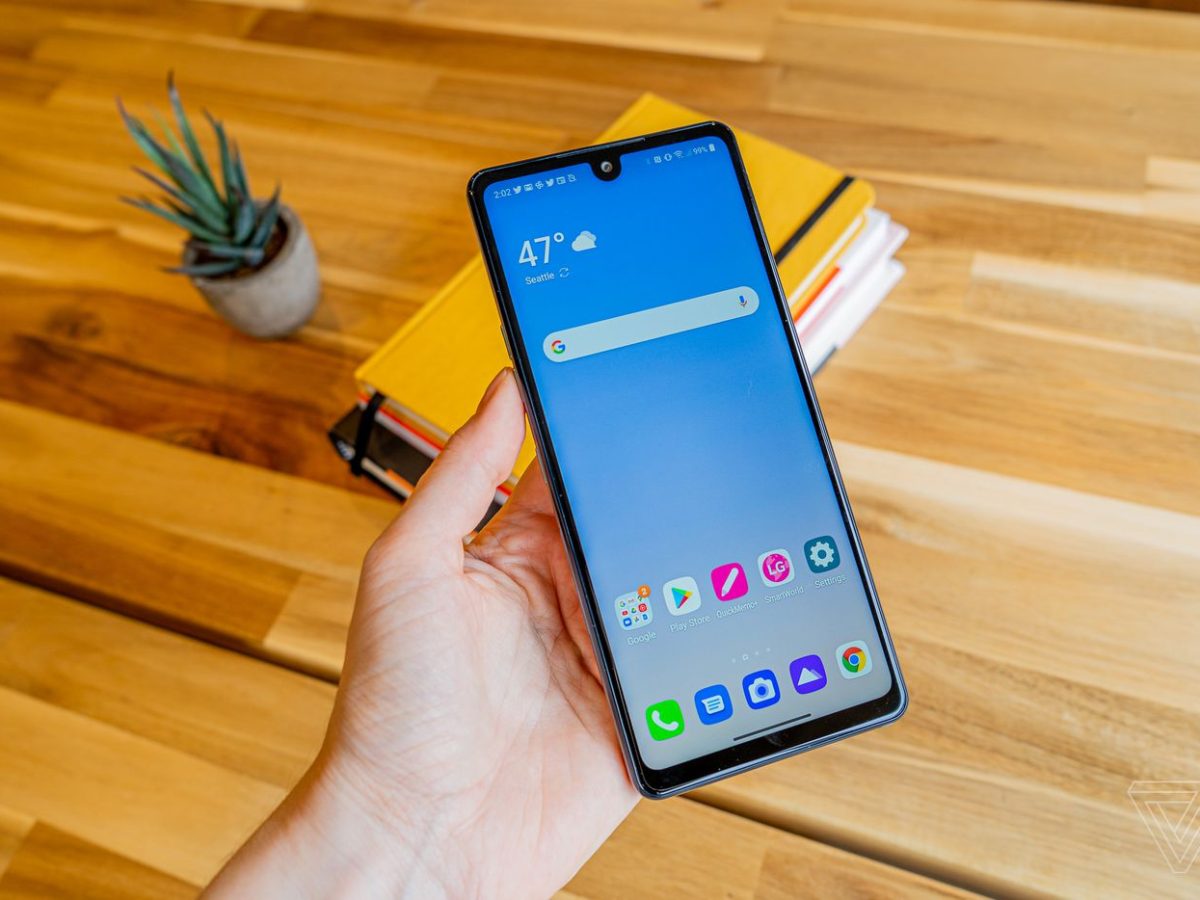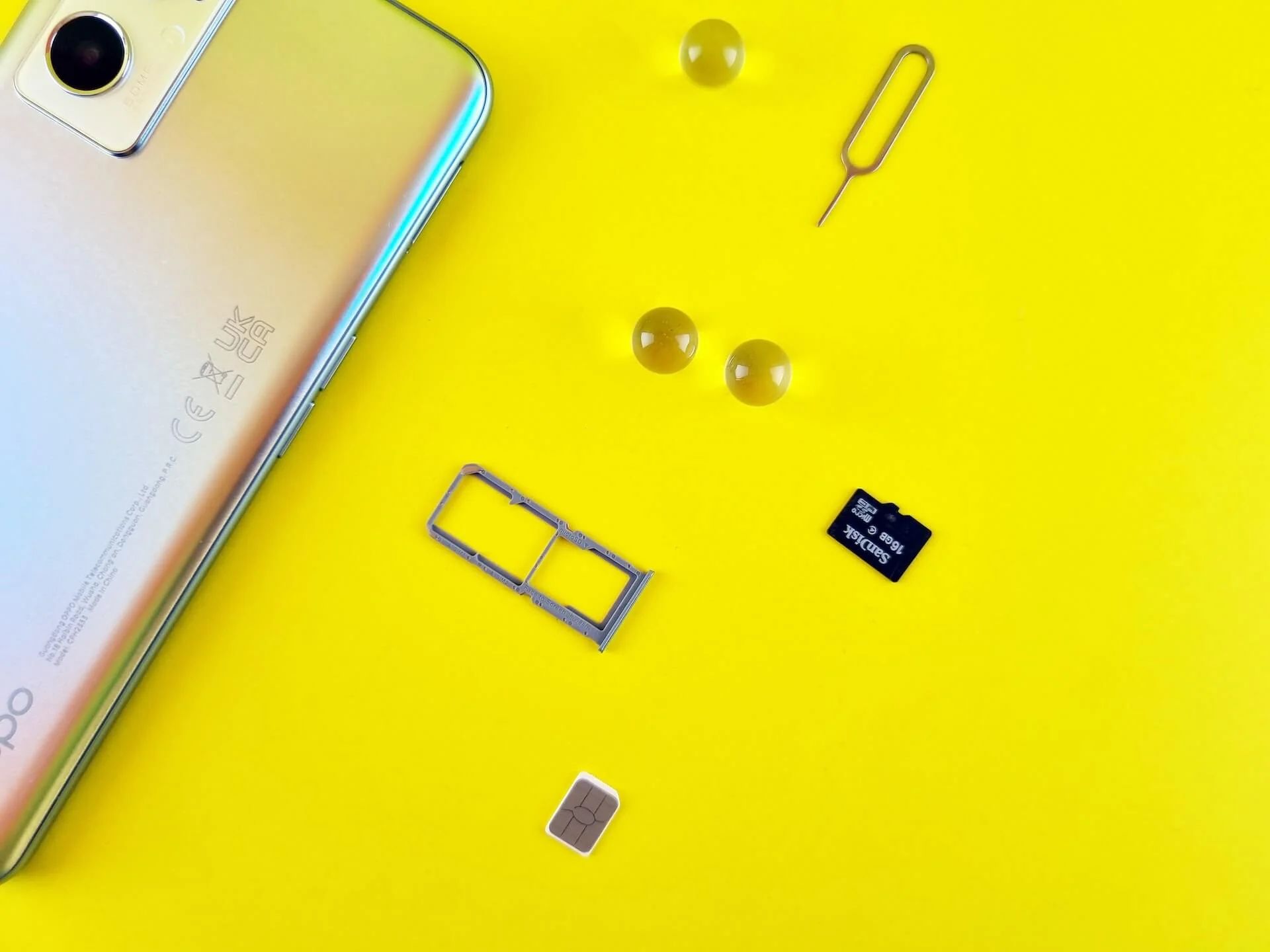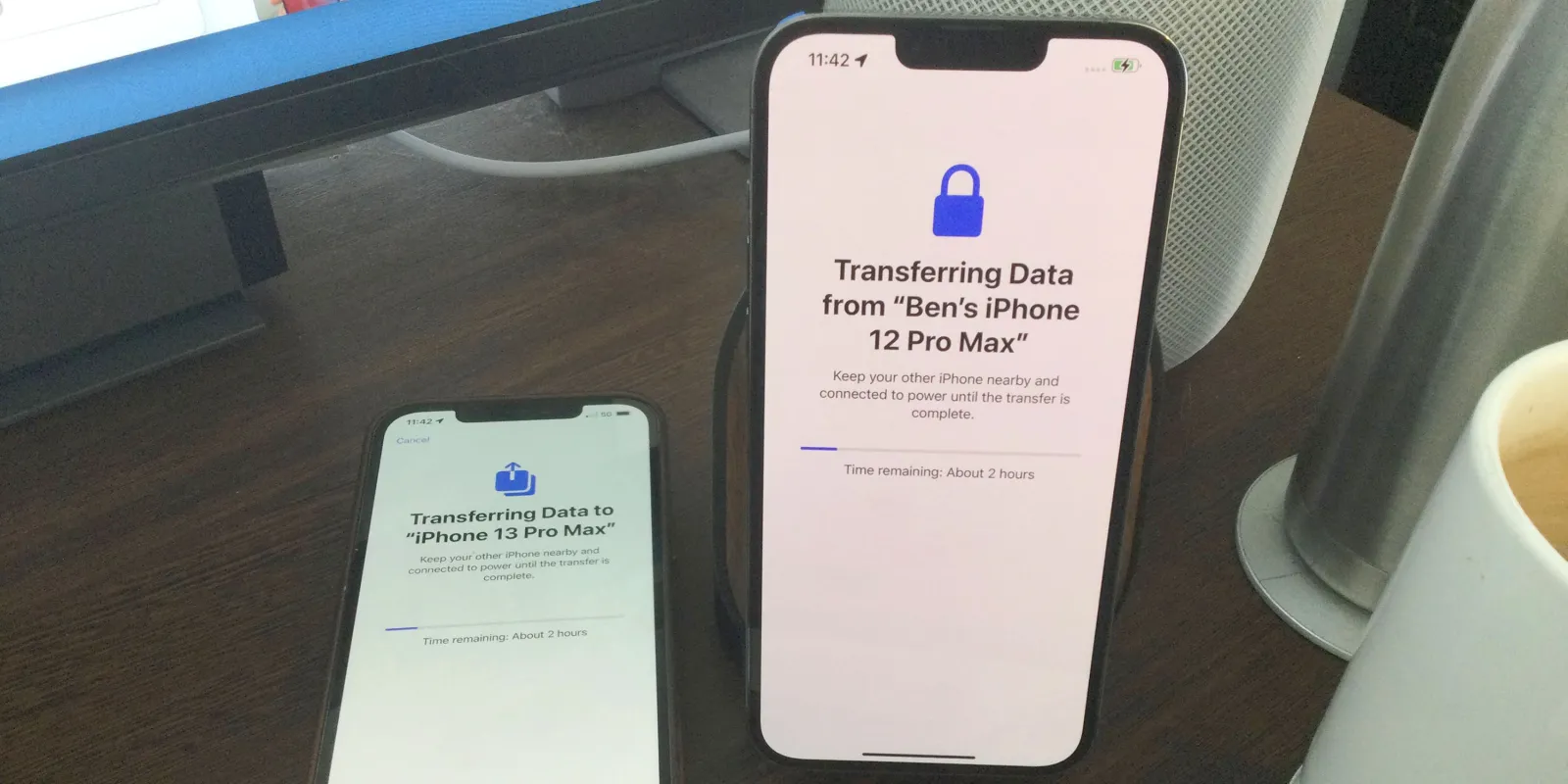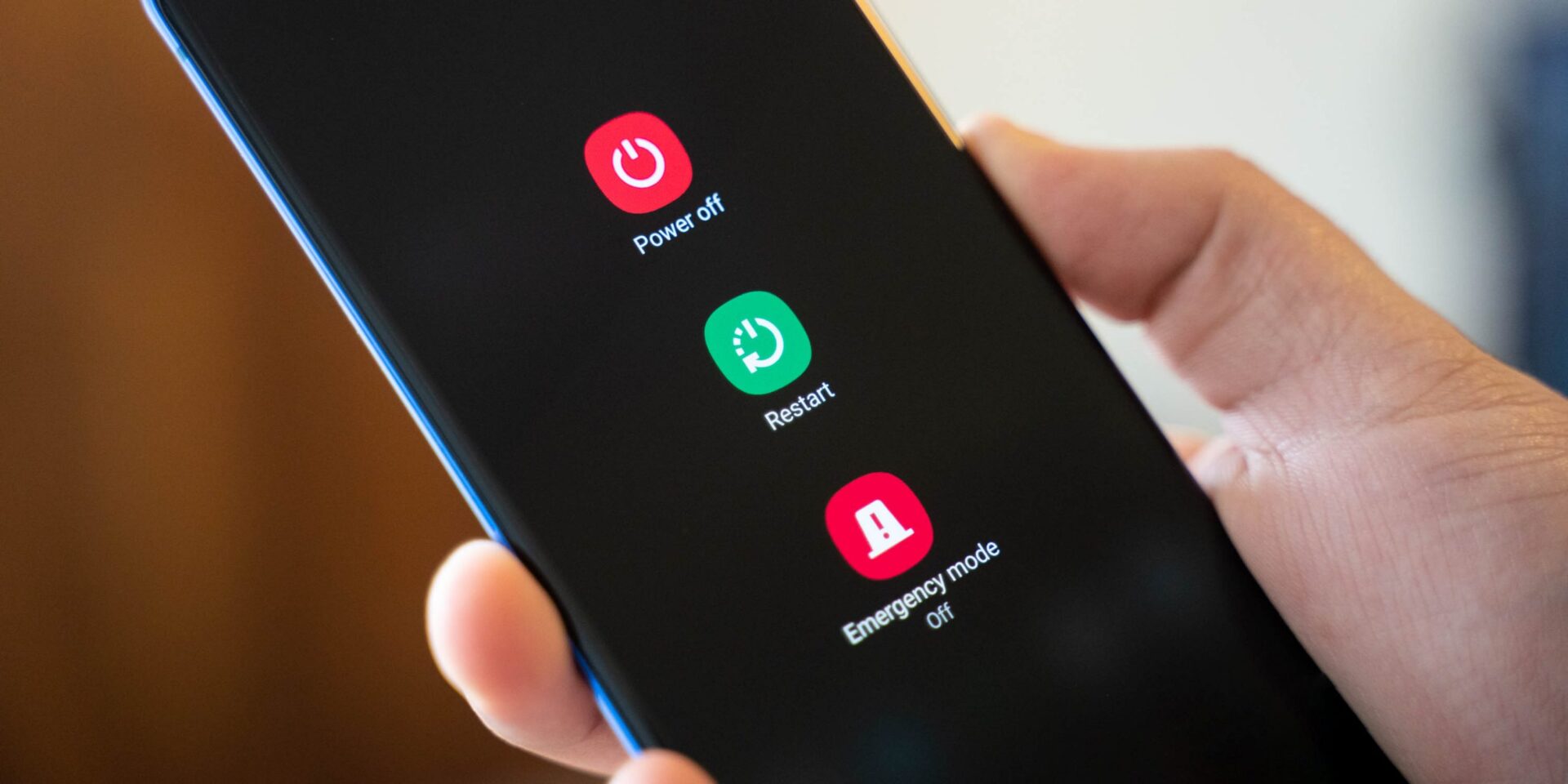Introduction
The Subscriber Identity Module (SIM) card is a small yet pivotal component of mobile devices. It serves as the linchpin for connecting to cellular networks, enabling voice calls, text messaging, and data usage. Understanding the functionality of your SIM card is essential for ensuring seamless communication and connectivity. Whether you're a seasoned mobile user or new to the world of smartphones, comprehending the significance of your SIM card and how to verify its functionality is crucial.
In this comprehensive guide, we will delve into the intricacies of SIM card functionality, providing you with the knowledge and tools to ensure that your SIM card is performing optimally. From understanding the purpose of a SIM card to troubleshooting common issues, this article will equip you with the expertise to navigate the world of mobile connectivity with confidence.
Let's embark on this journey to demystify the SIM card, empowering you to verify its functionality and troubleshoot any potential issues that may arise. Whether you're preparing to embark on a new adventure with a fresh SIM card or seeking to optimize the performance of your current one, this guide will serve as your compass, leading you through the terrain of SIM card verification and maintenance.
Understanding the Purpose of a SIM Card
The Subscriber Identity Module (SIM) card is a diminutive yet indispensable component nestled within your mobile device. Its primary purpose is to authenticate your identity to the mobile network, enabling you to make calls, send text messages, and access data services. Essentially, the SIM card serves as a personalized key that unlocks the gateway to seamless communication and connectivity.
At its core, the SIM card contains crucial information that uniquely identifies you to the network. This information includes the International Mobile Subscriber Identity (IMSI), a unique serial number (ICCID), and the authentication key (Ki). When you insert the SIM card into your device, it establishes a secure connection with the mobile network, allowing you to access its myriad services.
Moreover, the SIM card is not tethered to a single device; it can be effortlessly transferred from one compatible device to another. This portability is a hallmark feature, as it empowers users to seamlessly transition between devices while retaining access to their mobile network services. Whether you're upgrading to a new smartphone or temporarily using a spare device, the SIM card ensures that your mobile identity and connectivity remain steadfast.
Furthermore, SIM cards play a pivotal role in safeguarding your personal information and ensuring secure communication. The authentication and encryption mechanisms embedded within the SIM card bolster the security of voice calls, text messages, and data transmissions. This layer of protection is instrumental in preserving the confidentiality and integrity of your communications, instilling peace of mind as you engage in mobile interactions.
In essence, the SIM card is the linchpin of mobile connectivity, serving as a conduit that bridges your device to the cellular network. Its multifaceted role encompasses identity verification, network access facilitation, and data security, underpinning the seamless communication experiences that define modern mobile lifestyles. Understanding the purpose and significance of the SIM card is fundamental to harnessing the full potential of your mobile device and embracing the boundless opportunities it affords.
Checking for Physical Damage
Physical damage to a SIM card can impede its functionality and compromise the overall performance of your mobile device. Therefore, conducting a thorough inspection for any signs of physical damage is paramount in ensuring the seamless operation of your SIM card.
Begin by gently removing the SIM card from its slot, taking care to handle it delicately to avoid causing any further damage. Examine the card meticulously, paying close attention to its surface and edges for any visible cracks, scratches, or disfigurements. Even minor imperfections can potentially disrupt the connectivity and data transmission capabilities of the SIM card.
Inspect the metallic contacts on the SIM card for any signs of corrosion or discoloration. These contacts establish the vital link between the SIM card and the device, facilitating the transmission of data and communication with the network. Any corrosion or tarnishing on these contacts can hinder the efficacy of the SIM card, leading to connectivity issues and erratic behavior.
Furthermore, scrutinize the SIM card slot within your device for any foreign objects or debris that may have accumulated. Dust, lint, or other particles can obstruct the proper insertion and seating of the SIM card, resulting in poor contact and connectivity issues. Gently clean the slot using a soft, dry cloth or compressed air to ensure that it is free from any obstructions.
In the event that you detect any physical damage to the SIM card or its contacts, it is advisable to seek a replacement from your mobile service provider. A damaged SIM card can compromise the security of your personal information and impede the seamless functioning of your device. By promptly addressing any physical damage, you can safeguard the integrity of your mobile connectivity and avert potential disruptions to your communication experiences.
By meticulously examining your SIM card for physical damage and taking proactive measures to address any issues, you can fortify the reliability and performance of your mobile device. This diligent approach to SIM card maintenance underscores the significance of preserving the integrity of this pivotal component, ensuring that it continues to serve as the gateway to seamless communication and connectivity.
Ensuring Proper Insertion
Ensuring the proper insertion of a SIM card is a fundamental aspect of optimizing its functionality within your mobile device. A secure and precise insertion not only establishes a reliable connection with the cellular network but also mitigates the risk of connectivity issues and service disruptions. To guarantee the seamless operation of your SIM card, it is imperative to adhere to meticulous procedures when inserting it into your device.
Begin by powering off your mobile device to prevent any potential interference during the insertion process. Once the device is powered down, locate the SIM card slot, which is typically situated on the side or top of the device, depending on the model. Use the SIM card ejection tool or a small, pointed object to gently push the SIM card tray's eject button, allowing the tray to slide out smoothly.
Carefully place the SIM card on the tray, ensuring that it aligns with the designated guides and notches. The SIM card features a beveled corner, which corresponds to a matching beveled edge on the tray, facilitating a precise and secure fit. It is crucial to orient the SIM card correctly to prevent any potential damage to the card or the device's internal components.
Once the SIM card is positioned correctly on the tray, gently slide it back into the device until it is firmly seated. Exercise caution to avoid applying excessive force, as this could lead to damage to the SIM card or the device. The tray should slide in smoothly and align flush with the device's exterior, indicating that the SIM card is securely inserted.
After the SIM card is inserted, power on your device and allow it to initialize. Once the device has booted up, verify that it recognizes the SIM card and displays the network signal strength. Additionally, navigate to the device's settings to confirm that the SIM card information, including the phone number and carrier details, is accurately registered.
By meticulously following these steps and ensuring the proper insertion of your SIM card, you can establish a robust connection with the cellular network and optimize the functionality of your mobile device. This meticulous approach not only safeguards the integrity of the SIM card but also enhances the reliability of your communication experiences, empowering you to leverage the full potential of your mobile connectivity.
Verifying Network Connectivity
Verifying network connectivity is a crucial step in ensuring that your SIM card is functioning optimally within your mobile device. A robust and stable network connection is fundamental to accessing voice calling, text messaging, and data services, forming the bedrock of seamless communication experiences. By verifying network connectivity, you can ascertain the strength and reliability of the connection, empowering you to engage in uninterrupted communication and data usage.
Commence the process by navigating to the network settings on your mobile device. Depending on the device model and operating system, these settings may be accessible through the "Settings" app or a dedicated "Network & Internet" section. Once within the network settings, locate the "Mobile Networks" or "Cellular Networks" option, which houses the essential parameters for network connectivity.
Within the "Mobile Networks" or "Cellular Networks" menu, you can initiate a network scan to detect and connect to available cellular networks. This scan enables your device to identify nearby network towers and establish a connection with the most robust and reliable signal. It is imperative to ensure that your device is configured to connect to the preferred network, such as 4G or 5G, to leverage high-speed data services and enhanced network performance.
After initiating the network scan, monitor the signal strength indicator displayed on your device. This indicator typically comprises a series of bars or visual cues that depict the strength of the network signal. A strong and consistent signal strength is indicative of a reliable network connection, signifying that your device is well-positioned to engage in voice calls, text messaging, and data usage without impediments.
Furthermore, place a test call to verify the clarity and stability of voice communication. Engage in a brief conversation to assess the call quality and ensure that there are no discernible distortions or disruptions. This real-time evaluation provides valuable insights into the efficacy of the network connection, allowing you to gauge its suitability for sustained voice communication.
In addition to voice calls, send a test text message to confirm the prompt delivery and receipt of the message. A swift and seamless transmission of text messages underscores the robustness of the network connectivity, affirming its capability to facilitate efficient text-based communication.
Moreover, initiate a data speed test to evaluate the performance of the network in handling data-intensive tasks. Utilize reputable speed test applications or online services to measure the upload and download speeds, latency, and overall network performance. This comprehensive assessment illuminates the network's capacity to deliver high-speed data services, enabling you to harness the full potential of your mobile connectivity.
By meticulously verifying network connectivity through signal strength assessment, voice call testing, text message transmission, and data speed evaluation, you can ascertain the reliability and robustness of your SIM card's interaction with the cellular network. This methodical approach empowers you to harness seamless communication and data usage, leveraging the full spectrum of capabilities that your mobile device and SIM card offer.
Testing Call and Text Functions
Testing the call and text functions of your mobile device is a pivotal step in verifying the functionality of your SIM card. Voice calls and text messaging represent the cornerstone of mobile communication, and ensuring their seamless operation is essential for a comprehensive assessment of your SIM card's performance.
Initiate the testing process by placing a test call to a trusted contact or a designated voicemail service. This call serves as a real-time evaluation of the voice communication capabilities facilitated by your SIM card and the cellular network. Pay close attention to the call setup time, audio clarity, and overall call quality. Assess whether the call connects promptly and whether the audio transmission is clear and devoid of distortions or disruptions. Engaging in a brief conversation allows you to gauge the reliability and stability of voice calls, providing valuable insights into the efficacy of the network connection.
Following the test call, proceed to send a test text message to another mobile device. The prompt delivery and receipt of the text message serve as indicators of the text messaging functionality facilitated by your SIM card and the network. Verify that the message is transmitted swiftly and that the recipient receives it without delay. Additionally, confirm the seamless display of the message on the recipient's device, ensuring that the text messaging service operates efficiently and reliably.
In the event that you encounter any challenges during the test call or text message transmission, such as call setup delays, audio distortions, or message delivery failures, it is advisable to troubleshoot the issues promptly. This may involve rebooting your device, reseating the SIM card, or contacting your mobile service provider for further assistance. Addressing these challenges proactively allows you to rectify any potential issues and optimize the performance of your SIM card and mobile communication services.
By meticulously testing the call and text functions of your mobile device, you can gain comprehensive insights into the voice and text messaging capabilities enabled by your SIM card and the cellular network. This rigorous evaluation empowers you to ascertain the reliability and efficiency of these core communication services, fostering a seamless and uninterrupted mobile communication experience.
This comprehensive assessment of the call and text functions not only ensures the optimal performance of your SIM card but also fortifies your confidence in leveraging voice calls and text messaging as integral components of your mobile lifestyle.
Checking Data Connectivity
Ensuring robust data connectivity is integral to harnessing the full spectrum of mobile capabilities facilitated by your SIM card and device. Data services encompass a myriad of activities, including web browsing, multimedia streaming, app usage, and email communication, all of which hinge upon a dependable and swift data connection. Verifying data connectivity is paramount in ascertaining the seamless operation of these data-intensive tasks and optimizing the performance of your mobile device.
Initiate the assessment of data connectivity by navigating to the device's settings and accessing the "Network & Internet" or "Connections" section, where the data connectivity parameters are configured. Within this menu, verify that the mobile data feature is enabled, granting your device access to cellular data services. Additionally, confirm that the preferred network type, such as 4G or 5G, is selected to harness high-speed data capabilities, ensuring an optimal data experience.
Subsequently, launch a web browser or a data-intensive application to gauge the responsiveness and speed of the data connection. Access a variety of websites and online content to evaluate the loading times and the fluidity of multimedia streaming. A swift and seamless browsing experience, coupled with smooth multimedia playback, signifies the robustness of the data connectivity, affirming its capacity to support diverse data-driven activities.
Furthermore, engage in app usage that relies on real-time data transmission, such as social media platforms, navigation services, and online messaging applications. Monitor the responsiveness of these apps, assessing their ability to retrieve and transmit data swiftly and consistently. A seamless app experience underscores the efficacy of the data connection, validating its suitability for supporting a diverse array of real-time data interactions.
In addition to web browsing and app usage, conduct a comprehensive evaluation of email services and cloud-based activities that involve data synchronization and transmission. Send test emails, access cloud storage services, and synchronize data across multiple devices to appraise the efficiency and reliability of data connectivity in handling data-intensive tasks. A prompt and seamless data synchronization process underscores the robustness of the data connection, affirming its capability to facilitate efficient data management and communication.
By meticulously verifying data connectivity through web browsing, app usage, email services, and cloud-based activities, you can ascertain the reliability and efficiency of the data services facilitated by your SIM card and the cellular network. This methodical assessment empowers you to leverage the full spectrum of data-driven capabilities offered by your mobile device, fostering a seamless and enriching digital experience.
This comprehensive evaluation of data connectivity not only ensures the optimal performance of your SIM card but also fortifies your confidence in harnessing the diverse data services that define modern mobile lifestyles.
Troubleshooting Common Issues
Encountering issues with your SIM card or mobile connectivity can be a frustrating experience, but with a systematic approach to troubleshooting, you can swiftly identify and address common issues that may arise. By familiarizing yourself with potential challenges and their corresponding remedies, you can navigate through these obstacles with confidence, ensuring the seamless operation of your SIM card and mobile device.
No Network Signal
If your device displays no network signal or consistently indicates poor signal strength, begin by verifying that your SIM card is securely inserted and that the SIM card slot is free from any obstructions. Additionally, ensure that your device is not in airplane mode and that the mobile network is enabled in the device settings. If the issue persists, attempt to manually select the network operator in the network settings to establish a connection with an available network tower.
Call and Text Failures
In the event of call setup failures or text message transmission issues, it is advisable to reboot your device to refresh the network connection. Additionally, verify that the call barring and message blocking features are disabled in the device settings. If the issues persist, contact your mobile service provider to confirm that there are no network disruptions or service outages in your area.
Data Connection Problems
If you encounter challenges with data connectivity, ensure that the mobile data feature is enabled in the device settings. Verify that the APN (Access Point Name) settings are correctly configured to facilitate data transmission. If data connectivity issues persist, perform a network settings reset or contact your mobile service provider to troubleshoot potential network configuration issues.
SIM Card Recognition
In cases where your device fails to recognize the SIM card, gently remove the SIM card, clean the contacts with a soft, dry cloth, and reinsert it securely. If the issue persists, test the SIM card in another compatible device to ascertain whether the problem is related to the SIM card or the device itself. Contact your mobile service provider to request a replacement SIM card if necessary.
By systematically addressing these common issues and leveraging the troubleshooting measures outlined above, you can proactively resolve challenges related to your SIM card and mobile connectivity, ensuring a seamless and uninterrupted mobile communication experience. If persistent issues arise, do not hesitate to seek assistance from your mobile service provider, who can offer tailored support and guidance to address specific concerns.
Conclusion
In conclusion, the functionality of your SIM card is pivotal to the seamless operation of your mobile device, underpinning essential communication and connectivity capabilities. By understanding the purpose of a SIM card and verifying its functionality through meticulous inspection and testing, you can fortify the reliability of your mobile connectivity and mitigate potential challenges that may arise.
The multifaceted role of the SIM card as a conduit to the cellular network underscores its significance in facilitating voice calls, text messaging, and data services. Its portability across compatible devices and robust security mechanisms further accentuate its indispensable nature in modern mobile lifestyles.
Ensuring the absence of physical damage and meticulously inserting the SIM card into your device are fundamental steps in optimizing its functionality. By conducting a comprehensive assessment of network connectivity, call and text functions, and data services, you can ascertain the robustness and reliability of your SIM card's interaction with the cellular network.
In the event of encountering common issues, such as network signal disruptions, call and text failures, or data connection problems, a systematic approach to troubleshooting empowers you to swiftly identify and address these challenges, ensuring uninterrupted mobile communication experiences.
By embracing a proactive stance in verifying the functionality of your SIM card and addressing potential issues, you fortify the resilience and performance of your mobile device, empowering you to leverage its full spectrum of communication and connectivity capabilities.
In essence, the SIM card serves as the linchpin of seamless mobile connectivity, embodying the gateway to a world of communication possibilities. By nurturing an understanding of its significance and meticulously verifying its functionality, you pave the way for enriched and uninterrupted mobile communication experiences, ensuring that your SIM card remains a steadfast ally in your digital endeavors.







